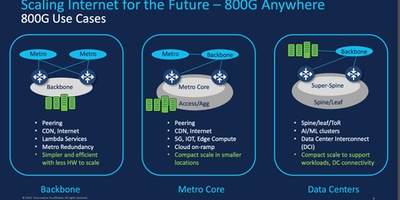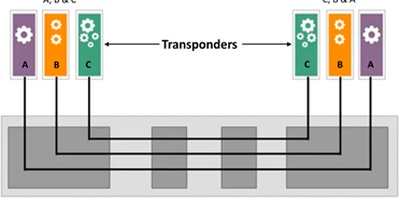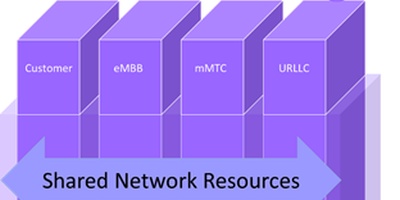F5 Hits the Agile Button and Accelerates Its Path to NFV

It is a well-established goal for service providers to maximize their agility in creating services and at the same time increase their efficiency and reduce the marginal costs of scaling. This is true for cloud and media and mobile and residential and social networking and the Internet of Things and, well, in every important area of service and application innovation providers are pursuing.
With an eye on those goals, an explosion of energy and talent has been unleashed in the past three years to make progress on them in cloud computing and the various dimensions of network infrastructures that need increased agility and scale. Most recently a broad effort to define the best paths in virtualization of critical network service functions has been put into full gear in the Network Functions Virtualization (NFV) initiative under leadership of the world’s most prominent service providers and participation by a wide array of vendors to chart the course. Progress has been made at a torrid pace in NFV throughout 2013 and gives every indication of continuing.
As is true in the formative stages of most legitimate paradigm shifts, the outlines of new architectural approaches and the best practices for pursuing them in the new solutions are starting to emerge. The ETSI groups are starting to yield important NFV specifications, and early stage use cases are starting to get implementation designs from suppliers. It’s the right time for innovators to begin showing their colors and putting new designs in play. Some of the most important areas where innovations will start making the new services possible are in the fine touches of intelligent traffic steering, service chaining for value added services, and flexible combinations of modules in heavily virtualized processing pools that will retain the behaviors advanced applications require and still achieve the efficiency and scaling goals required to support the world’s relentless growth in utilization.
Last week, at the Carrier Network Virtualization conference in Palo Alto, F5 conveyed a powerful and compelling blueprint for navigating the transitions in moving to a more virtualized service delivery infrastructure and providing important categories of service processing intelligence at the appropriate points in network designs. What’s relevant about the blueprint is not that individual solution components would be virtualized as required in the appropriate VM pools—those are table stakes in the process. The special ingredients in the F5 blueprint are the breadth of functionality and mix of deployment points articulated as addressable by its portfolio; the appropriateness of fit at each point for the capabilities required; and the attention to steps in the evolution cycle that make pragmatic sense in each targeted service area for the journey to virtualization to yield results.
For example, a path for transitioning the Internet to mobile integration point so important in mobile operator networks (the SGi interface) into a flexible, modular and scalable combination logic pools for data plane, control plane, and value-add services processing that can each be virtualized at their own pace, remain consistent with the architectural requirements of 3G/4G, and add value to the applications being provided was clearly outlined. In parallel and at a different point in the service delivery topology, a similar blueprint for incorporating intelligent service processing functions in the appropriate contexts in cloud data center sites was described. In this case, modular versions of firewall, load balancer, NAT, and other functions that can be deployed in the context of whole applications being offered to wide subscriber bases (such as media delivery or rich communication services) or through use of virtual editions of similar modules, in individual tenant computing segments for their particular needs.
Examples could continue. The point is, at a time when the need for clear articulation of practical paths to achieving network virtualization is poignant, one set of blueprints for navigating that transition is being articulated by F5 with the especially appealing attribute of being manageable and targeted at the right functional goals.
Will F5’s integration with key orchestration and SDN suppliers be effective? Will integrations with ecosystem partners for revenue services such as mobile IP and residential media delivery be successful? These are important execution questions that remain to be determined. However, before those questions can even be asked, the compelling vision for how to approach the transition and achieve the economic and functionality goals the journey to virtualization is calling for has to be in place. For F5’s purposes, it is.
For more information about ACG's SDN services, contact sales@acgcc.com.
Click for more information about Paul Parker-Johnson.



















































